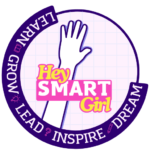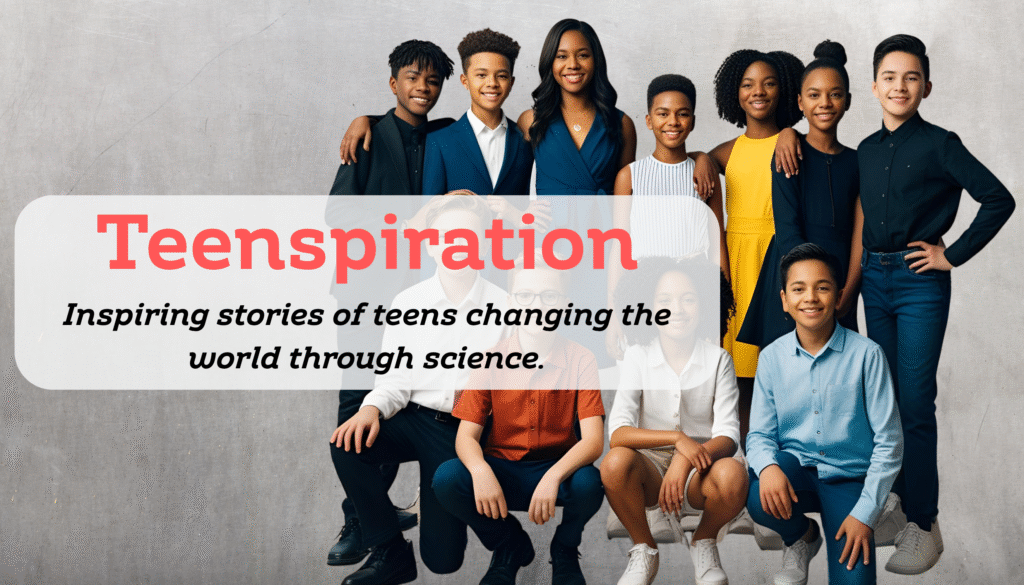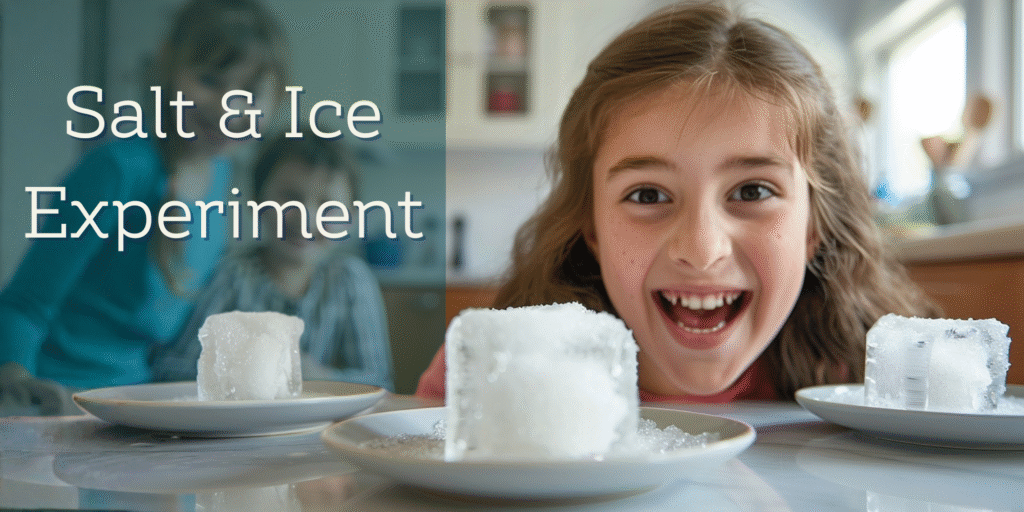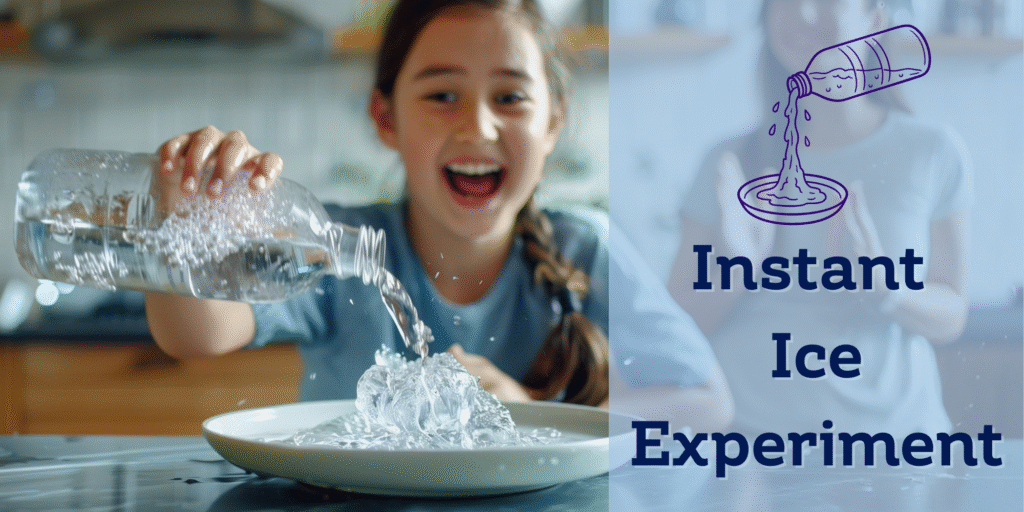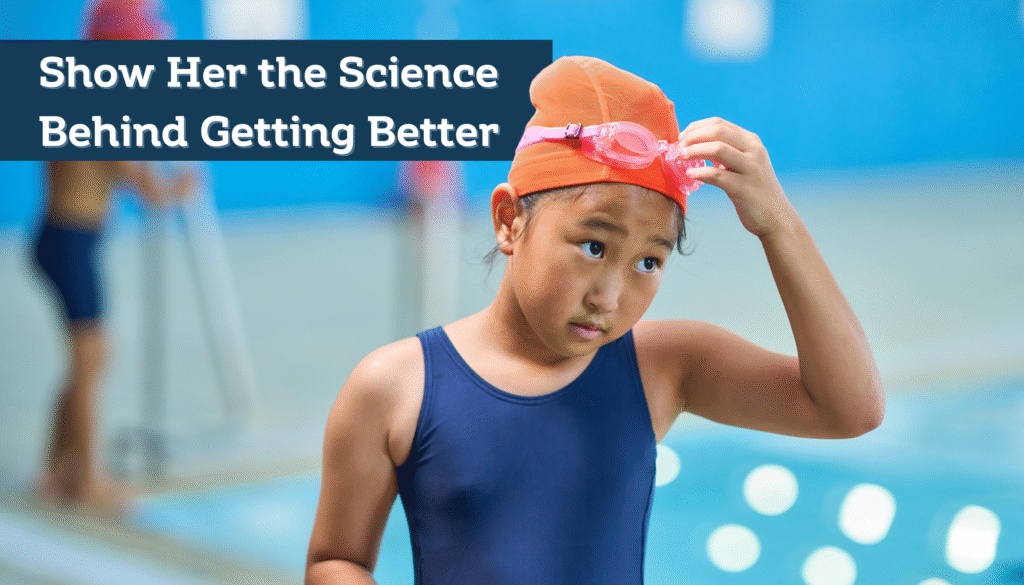In a world filled with challenges — from climate change to global health issues — it can be easy to feel like the problems are too big to solve. But if everyone thought that way, nothing would ever change.
It’s common for tweens and teens to feel powerless. After all, they’re not even adults yet — how could they make a difference?
But here’s the truth: they can. And they don’t have to wait.
With the right encouragement, your child can realise they have more power than they think — to be curious, to explore, and even to change the world.
Let these real-life stories of brilliant young inventors inspire your teen to believe in their potential and dream big.
These Teen Scientists Are Proof That Curiosity + Action = Change
These teens used science, creativity, and perseverance to solve real-world problems — all before graduating high school. Their stories are proof that kids can do big things when they follow their curiosity and stick with it.
1. Ann Makosinski – The Teen Who Invented a Flashlight Powered by Body Heat
Age at invention: 15
From: British Columbia, Canada
Ann was always fascinated by energy. As a kid, she loved tinkering with circuits and solar panels in her garage — building her own toys and gadgets from scratch.
But it was a conversation with a friend in the Philippines that sparked her big idea: her friend couldn’t study at night because there was no electricity. That’s when Ann decided to invent a flashlight — but not just any flashlight.
She used thermoelectric tiles that convert body heat into electricity. The result? A flashlight that needs no batteries or bulbs — just the warmth of your hand.
Her invention won the Google Science Fair in 2013 and made headlines around the world.
Teen Takeaway: Ann saw a real problem and used science to solve it in a meaningful, sustainable way.
2. John and Patrick Collison – Teen Brothers Who Built Stripe
Ages: 19 (John) and 21 (Patrick) when Stripe launched
From: County Tipperary, Ireland
Before becoming tech billionaires, the Collison brothers were just two teenagers growing up in rural Ireland with a love for coding.
By age 16, they had already built and sold their first startup. But they weren’t done. Frustrated by how complicated online payments were, they decided to fix it — for everyone.
That idea became Stripe: one of the most widely used fintech tools on the planet, now powering payments for Amazon, Shopify, and millions of other businesses.
Teen Takeaway: Innovation doesn’t always mean building something new. Sometimes it’s about making something complicated simple.
3. Brittany Wenger – Using AI to Help Detect Cancer
Age: 17 when she won the Google Science Fair
From: Florida, USA
Brittany loved both science and computers — and was devastated when a family member was diagnosed with breast cancer.
She asked herself: Could artificial intelligence help doctors detect cancer earlier?
Using machine learning, Brittany built a computer program that could analyse breast tissue samples and detect cancer with over 99% accuracy — all through a non-invasive test.
Her invention won the Google Science Fair in 2012 and led her to work with top cancer researchers.
Teen Takeaway: Brittany turned heartbreak into innovation. With STEM and motivation, young people can literally save lives.
4. Gitanjali Rao – Teen Scientist, Inventor, and STEM Advocate
Age: 11–15 (named TIME’s first-ever Kid of the Year at 15)
From: Colorado, USA
Gitanjali’s goal? Solve big global problems — one invention at a time.
At just 12, she invented Tethys, a portable device that detects lead in drinking water — inspired by the Flint water crisis.
Since then, she’s built apps to detect cyberbullying and even opioids in water. TIME Magazine named her Kid of the Year in 2020.
But Gitanjali isn’t just about inventions — she’s on a mission to empower others, running innovation workshops and mentoring young inventors around the world.
Teen Takeaway: Science doesn’t just solve problems — it inspires others to try.
5. Kiara Nirghin – Inventing Solutions for Drought with Kitchen Waste
Age: 16 when she won the Google Science Fair
From: Johannesburg, South Africa
In her region, drought was a serious issue — and Kiara wanted to do something about it.
She created an organic sponge made from orange peels and avocado skins that helps soil retain water. It’s biodegradable, inexpensive, and could help farmers grow food even in dry regions.
Her eco-friendly solution earned her top prize at the Google Science Fair in 2016.
Teen Takeaway: Big ideas don’t need big budgets — just resourcefulness and a whole lot of curiosity.
Final Thoughts: From Inspired to Empowered
These incredible teens didn’t wait for permission, degrees, or a lab coat to start solving problems. They got curious. They got creative. And they got to work.
Now that you’ve met these real-world changemakers, here’s the big question:
How can you use their stories to inspire your own kids?
Let’s be honest. Watching our kids scroll endlessly during school breaks can be frustrating. We know they’re full of potential — they just need a spark.
These stories aren’t here to make them feel like they haven’t done enough. They’re here to show what’s possible. To plant the seed that they can do something amazing, too.
And they don’t need to build the next Stripe or cure cancer. They just need to start.
Start with a question. A curiosity. A challenge. An experiment.
The goal isn’t perfection. It’s exploration. It’s building confidence through action — and growing that brilliant mind, one spark at a time.
Simple Ways to Turn Inspiration Into Action:
- Try a DIY science experiment from our blog. Hands-on learning builds confidence, curiosity, and problem-solving skills.
- Explore coding using free tools like Scratch or Tynker. No experience needed — just imagination.
- Let them research something weird, wild, or wonderful. Dinosaurs, robotics, why flamingos are pink — it all counts.
- Pick one problem in the world they care about (pollution, fast fashion, mental health). Ask: “What small thing could we do about it?”
- Start a journal of ideas. Big, small, silly, serious — encourage them to start writing and thinking.
Sometimes the smallest spark leads to the biggest breakthroughs.
All it takes is one moment of encouragement. One project. One “What if…?”
So let them explore. Let them wonder. Let them get messy.
And remind them: changing the world doesn’t start with knowing everything. It starts with caring enough to try.
If you’re raising a smart, curious girl who loves science, don’t miss the Hey Smart Girl book series — empowering girls to lead, think, and grow through science and curiosity. Find our more here.
Coming up next: Teen Activists Who Are Shaping the Future
From Malala to Marley Dias — don’t miss part two of this inspiring series.
